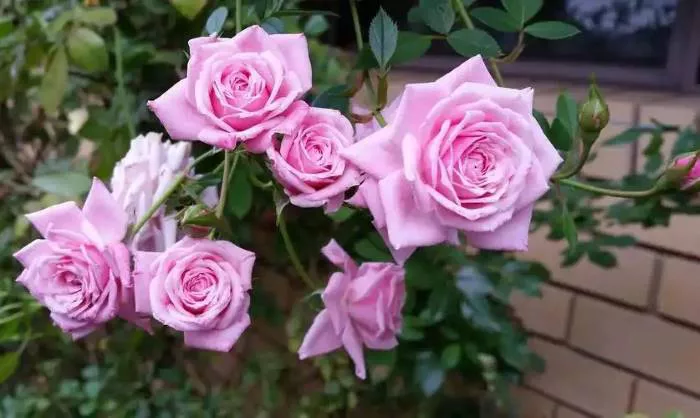Flowers are nature’s way of bringing beauty and color into the world. From delicate blossoms to vibrant blooms there is an astonishing diversity of flowers on our planet. This article explores the number of different types of flowers providing professional insights into this vast and varied subject.
Defining Flower Types
To understand how many types of flowers exist it is important to define what we mean by a flower type. Botanically speaking a flower is the reproductive structure found in flowering plants known as angiosperms. Each flower type can be classified based on its species genus or family. Species level classification offers the most specific distinctions while family level provides broader categories. For this discussion we will consider flower types at the species level where each species represents a unique type of flower.
Estimating the Number of Flower Types
Estimating the exact number of flower types is challenging due to ongoing discoveries and classifications. Scientists have identified approximately 400 thousand plant species with around three hundred and fifty thousand being flowering plants. These numbers continue to grow as botanists discover new species in remote regions. The sheer diversity within these species means there are countless variations in shape size color and fragrance making each flower type distinct.
Major Flower Families
Examining major flower families helps illustrate the breadth of floral diversity. The Asteraceae family commonly known as daisies includes over twenty-three thousand species. Members range from sunflowers to asters showcasing a wide array of colors and forms. The Orchidaceae family or orchids boasts about twenty-eight thousand species featuring intricate blooms adapted for specialized pollination. The Rosaceae family which includes roses apples and strawberries comprises nearly five thousand species. Other notable families include Liliaceae for lilies Fabaceae for legumes and Brassicaceae for mustard plants.
Factors Contributing to Diversity
Several factors contribute to the incredible diversity of flower types. Evolutionary adaptations play a significant role allowing plants to thrive in various habitats. Flowers evolve to attract specific pollinators such as bees butterflies bats and birds. Color patterns scent nectar production and even blooming times are tailored to maximize reproductive success. Geographic isolation also promotes diversification as isolated populations develop unique traits over time. Climate soil conditions and competition among species further influence floral variety.
Rare and Endangered Flower Types
Among the multitude of flower types some are rare and endangered. Human activities like deforestation urbanization and climate change threaten natural habitats putting many species at risk. Conservation efforts focus on protecting these vulnerable flowers through habitat preservation captive breeding programs and public education. Botanical gardens seed banks and research institutions work tirelessly to safeguard floral biodiversity for future generations.
Cultivated Flower Types
Humans have cultivated flowers for thousands of years selecting desirable traits for ornamental use agriculture and medicine. Through selective breeding hybridization and genetic engineering new flower types emerge regularly. Popular garden varieties include tulips daffodils peonies and hydrangeas. Agricultural crops like wheat rice and cotton all originate from flowering plants. Medicinal herbs such as lavender chamomile and echinacea offer health benefits. Cultivated flowers not only enhance landscapes but also provide economic value cultural significance and therapeutic applications.
Conclusion
The question of how many different types of flowers exist does not have a simple answer. With hundreds of thousands of identified species and continuous discoveries the number continues to expand. Major flower families contribute significantly to this diversity shaped by evolutionary adaptations geographic factors and human intervention. Despite challenges posed by environmental threats conservation efforts aim to preserve this precious resource. By appreciating the vast array of flower types we gain deeper insight into the wonders of botanical life and our interconnectedness with nature.


